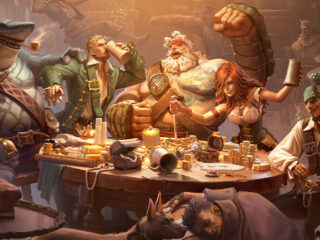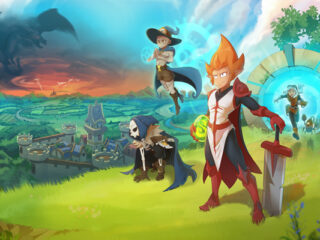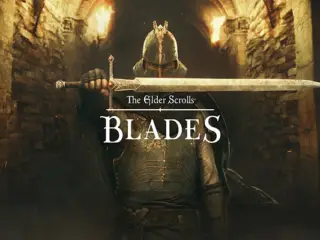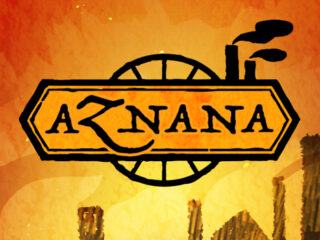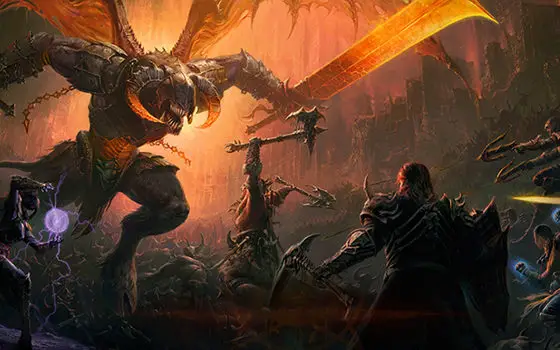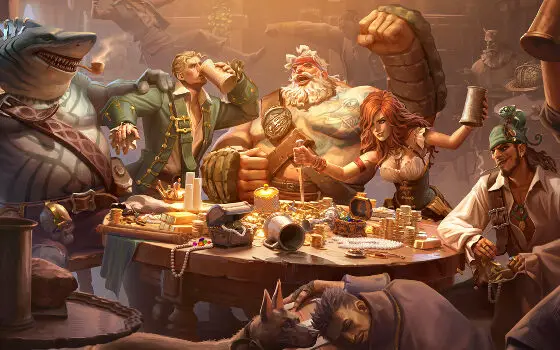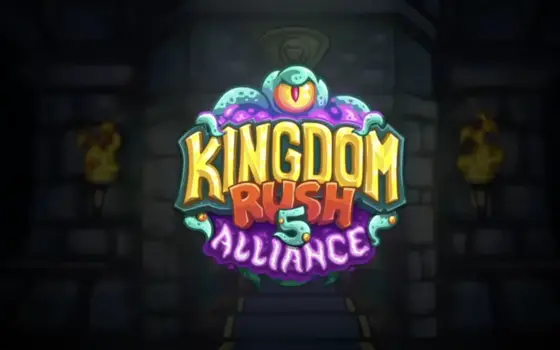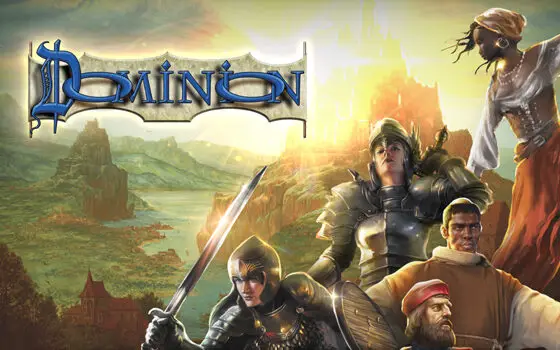European War VII: Medieval Review
My experience with strategy games has mostly been relegated to board games like Risk and Monopoly. The little strategy video game experience I have boils down to which resources to bring with me on a trip within a certain blocky sandbox game. However, European War VII: Medieval has been a great introduction to the world of turn-based strategy games, with solid gameplay, satisfying progression, and an overall charming aesthetic.
An Odd Beginning
Upon booting up the game for the first time, there is a start menu that automatically gave me a reward for logging in. It wants to be a game you play every day to get more rewards. I didn’t mind this as the progression system that relies on these rewards, daily or in-game, would be slow and monotonous early on if they didn’t have them.
European War VII‘s tutorial was pretty standard. The only nitpick is that it didn’t teach me how to end my turn, so I thought I was stuck. I guess that it expected me to already be familiar with the HUD of other European War games. However, it did teach me how to end my turn on the second level of the tutorial. Maybe it just expected me to complete the first part in one go.
Gaming and Campaigning
After fiddling around and getting a hang of the controls, I was plopped into the core gameplay: the campaigns. These campaigns are set at specific points of European history during actual historical battles. A prologue precedes each chapter where you can read and learn about the circumstances around your current campaign. You get a list of battles you will be fighting in, usually around eight to ten. Some are optional and unlock special rewards. Each battle starts with dialogue from the main generals of the battle, and then the fight is on.
The gameplay is very intuitive and thanks to the tutorial, pretty easy to get control of. The hard part is the actual strategy you need to win each battle. Each conflict has its own goal, either defeating all of the enemy troops or capturing cities and territory. It could sometimes be keeping your troops alive over a certain number of turns. Each battle is on a semi-hexagonal board, where hexagons make up each area, representing the map’s battle zone. The battles aren’t too complex as long as you familiarize with the differences between cavalry, infantry, and ranged units.
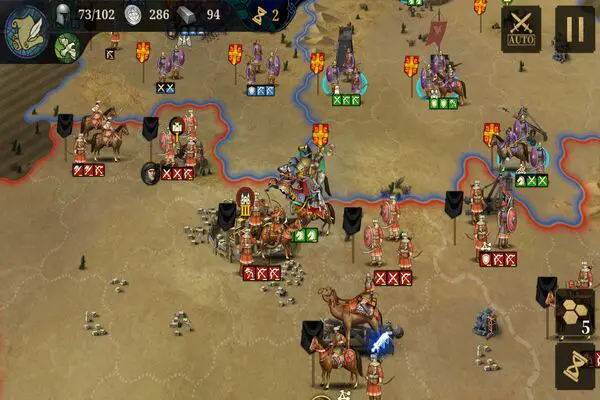
The main strategy is where you move and when you attack or use a general’s power (increasing damage, defense, etc.). However, the difficulty is not so intense that you’ll have to start every battle over. This happened only a few times, but we’ll get to that.
To Use or Not to Use Backstory
One thing that this game does well is worldbuilding. I love it when games use gameplay mechanics to create a sense of depth. In Chapter 1, at the end of the first campaign, Rome is besieged. The goal is to occupy three of four key areas in Italy. My first two attempts, I was overwhelmed with enemy soldiers. However, both times I tried to take back control of Rome after it had fallen. If you instead let Rome fall and go for the city on the east coast, the game will reward you with an easier battle. Sticking to the history of these battles allows you to have more fun with the game.
Another time, I was trying to take control of a city, while attacking a different city that I needed to take over. The former city did not originally fall in the historical battle. In turn, the game kept creating enemy troops out of thin air to forestall my attacks until I ran out of turns. The game ended up cheating at its own rules to keep it historically accurate. It takes some of the fun out of exploring the battlefield. It’s not as if the game sticks to history completely.
You demolish historical accuracy once you unlock generals and troops to use in your campaigns. You can use any general you unlock in any battle regardless of whether they were actually there at the time, or if they were even alive at the time. Same thing with the troops; you could bring a Roman legion into battle during the Anglo Saxon invasion of England. The only historically accurate parts of engagements end up being the enemy generals and troops, and the allied generals and troops you start out with. I can’t dock it too many points for this because it makes the title’s battles kind of surreal, upping the fun factor considerably.
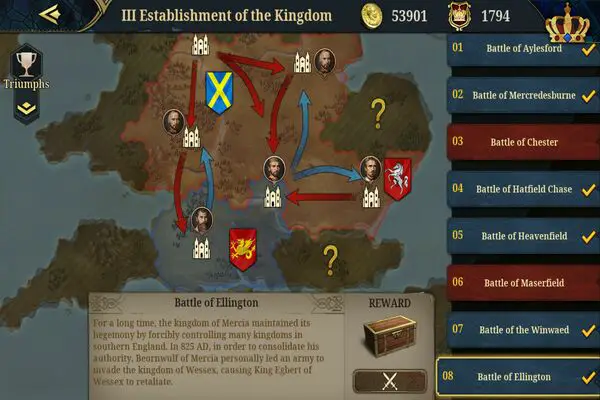
Becoming a General
There are so many military tactics and strategies I learned from this game, like keeping a weak enemy in front to prevent a stronger enemy from occupying the same space, or blocking off a corridor for extra defense. I won’t spoil everything I learned, but those are just some of the highlights from the first chapter.
Everything else around European War VII is done well enough: the music is good, the visuals are highly detailed, and the sound design is satisfying, especially the Foley knife slash when you deal 300+ damage in one attack. The powers of the generals are balanced, and the terrain system regarding mobility is a nice touch as well. Even doing well in the middle of battle can bring rewards during said battle, like allied troops appearing from off-screen. Even when the enemies defeat your generals, the title gives sound advice on how to better strategize, not only in game but weirdly enough, outside of the game too. It was wholesome to hear Belisarius tell me that though I have to withdraw, it doesn’t mean I’m a failure.
The only other downside is the microtransactions and loot box system. However, the game isn’t difficult enough to warrant having to use these systems to progress as the rewards you get from winning battles more than makes up for it.
Conclusion
All in all, European War VII: Medieval is genuinely fun even if the history associated with the game sacrifices that fun to maintain accuracy in some respects but not others. The gameplay is easy to pick up and get a hold of, and the strategy it teaches can honestly translate well into any similar turn-based strategy game. It’s a great game for TBS newcomers, but it might not hold a hardcore audience due to the inconsistent difficulty.
Hardcore?
Yes
The mix of intuitive mechanics and engaging gameplay are well worth the time of any TBS fan. However, the difficulty spikes early on and the time commitment will cause some to stop playing before it becomes great. Still, it’s worth the wait.



